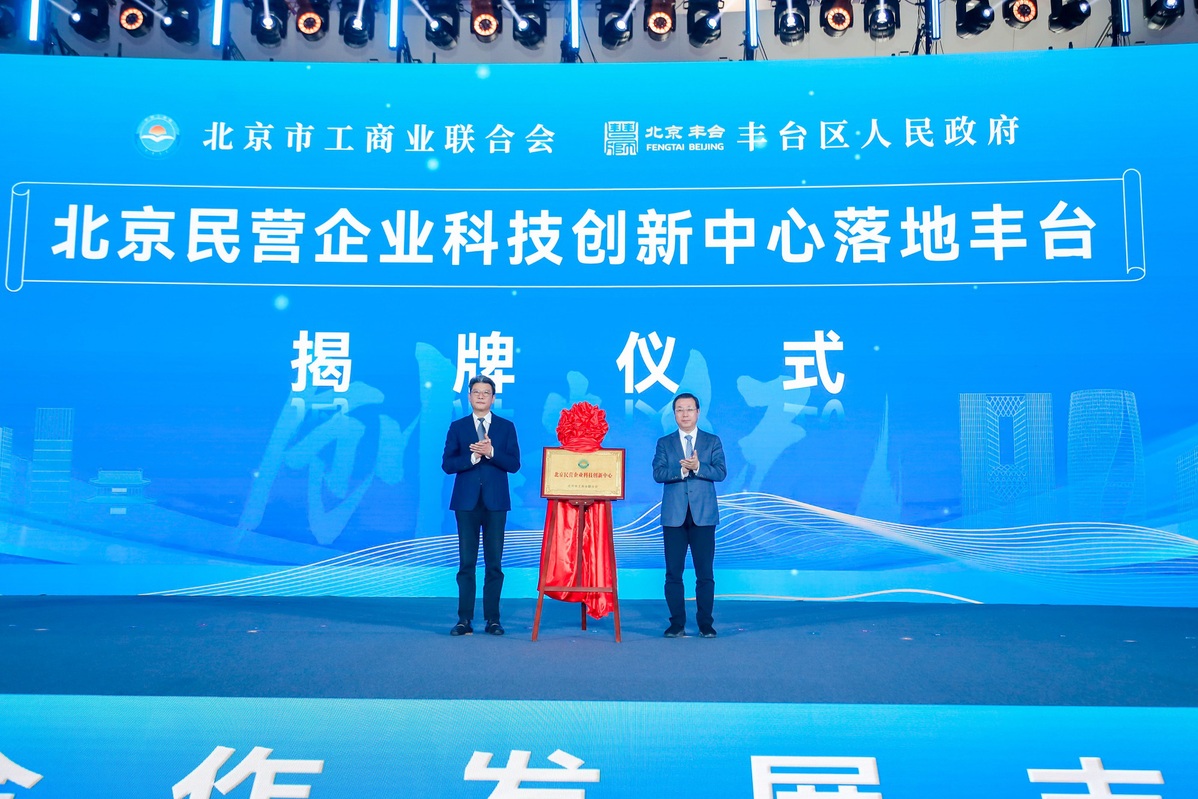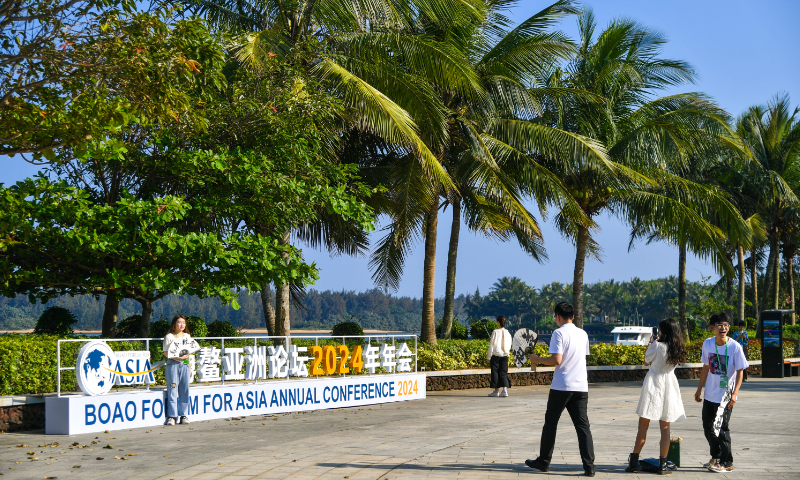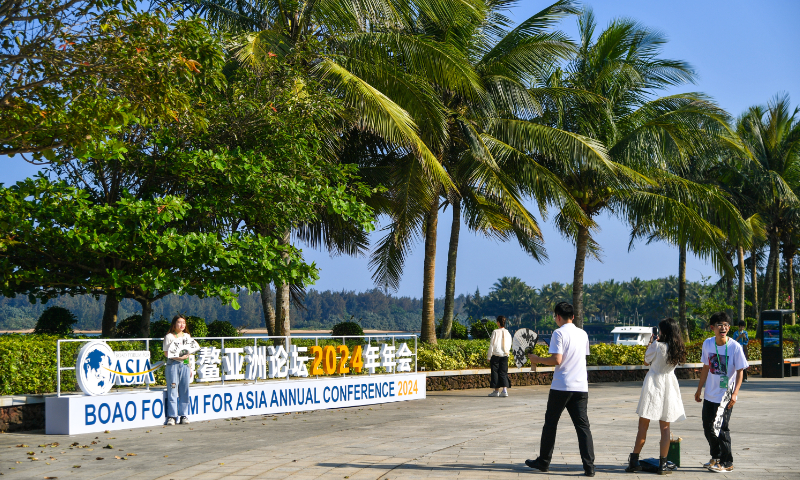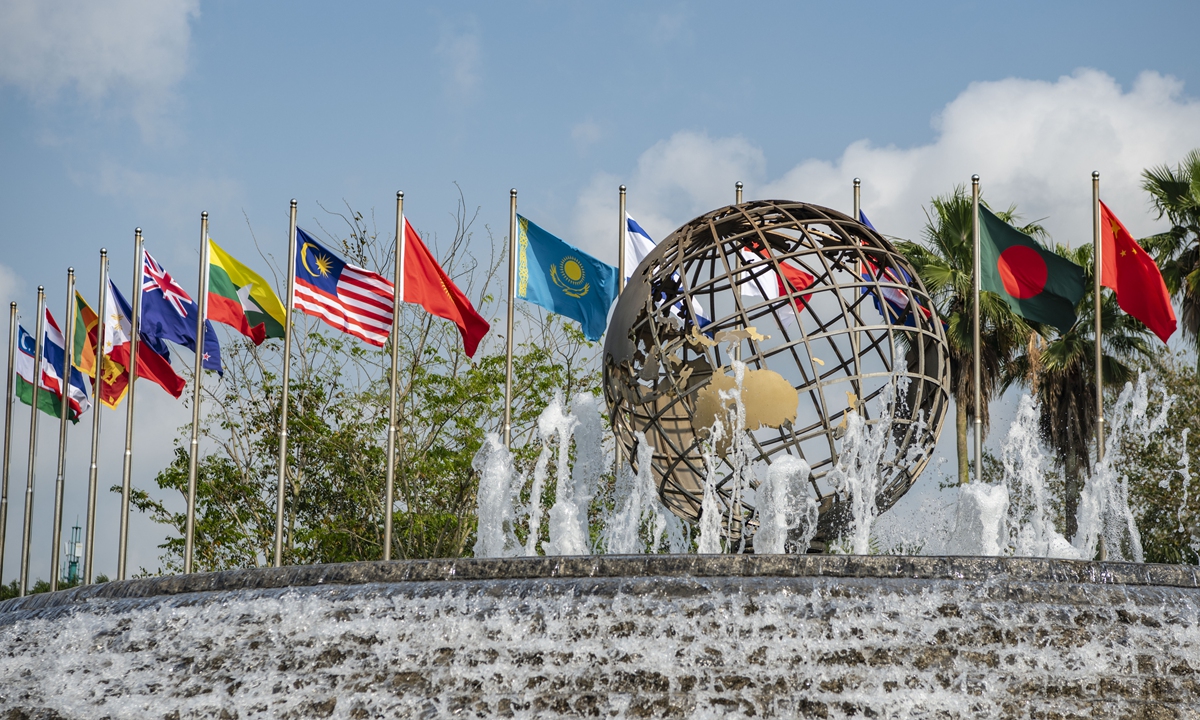 Beijing’s first private enterprise technology innovation center was unveiled on Tuesday in Fengtai district. [Photo provided to chinadaily.com.cn]
Beijing’s first private enterprise technology innovation center was unveiled on Tuesday in Fengtai district. [Photo provided to chinadaily.com.cn]
Beijing’s first private enterprise technology innovation center was unveiled on Tuesday in Fengtai district. The center provides a 100,000-square-meter industrial and service space for private technology enterprises, aiming to foster the development of new quality productive forces and nurture cutting-edge industries.
In recent years, Fengtai has engaged with partners in fields such as rail transportation, aerospace and the digital economy, attracting 600 enterprises to its fold, according to the district government.
Wang Shaofeng, Party secretary of the Fengtai district, expressed the district’s commitment to serving the capital’s functions and promoting integrated urban-industrial development.
He stated that Fengtai will continue to make progress in various sectors to accelerate high-quality development.
Future and modern industries are two key areas on which the district focuses. The satellite internet industry park, located in the Fengtai Science and Technology Park, spans approximately 100,000 square meters and focuses on the development of satellite application industries, including communication, navigation and remote sensing.
The industrial park aims to attract more partners and establish a new commercial aerospace industry hub.
Meanwhile, the Beigong low-altitude economic industrial park in Fengtai’s Beigong Town is set to release around 2 million square meters of industrial space gradually.
Leveraging Fengtai’s aerospace and rail transportation industry clusters, the park will prioritize the top-level design, research and manufacturing of products such as drones and flying cars.
As one of Fengtai district’s nine key signed projects, the largest JD home appliance mall in the country, invested by JD Group, is poised to settle in the district.
Spanning around 70,000 square meters of retail space, it will include trendy home appliances, home decor, entertainment and outdoor sports, offering consumers a comprehensive “one-stop home” shopping experience.
According to district government data, in 2023, Fengtai’s regional GDP was 218.75 billion yuan ($30.18 billion), a 6.5 percent increase from the previous year.
Fixed asset investment reached 78.49 billion yuan, marking a 19.6 percent year-on-year growth. The district’s market vitality continued to surge, with 21,300 new market entities established, a 32.2 percent year-on-year increase.







